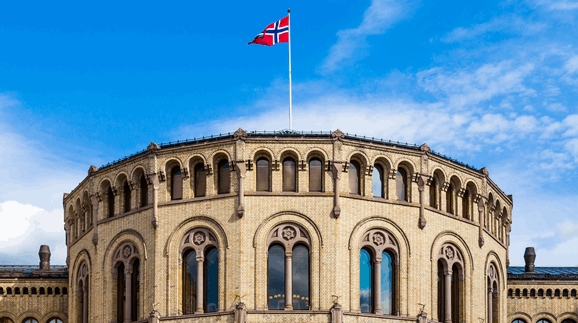
ConocoPhillips Co. has received approval from Norwegian authorities to begin production at Tommeliten A, a mostly gas and condensate field in the North Sea.
With an estimated recoverable resources of 150 million barrels of oil equivalent, the field is expected to be put onstream by ConocoPhillips Skandinavia AS this month ahead of schedule, the Norwegian Petroleum Directorate (NPD) said in a press release last week. Target markets are Germany and the United Kingdom, according to the announcement.
Discovered 1977 but only approved for development 2022, Tommeliten A had seen several failed attempts at development but has now progressed toward startup with an investment of around $1.19 billion (NOK13 billion), according to the NPD. “Insufficient processing capacity on Ekofisk was one of the roadblocks encountered”, the news release noted. “This is no longer an issue”.
Tommeliten A sits southwest of Ekofisk, which is also operated by ConocoPhillips Skandinavia on the Norwegian side of the North Sea. The development of Tommeliten A involves tying back two subsea templates to Ekofisk, which started production in the 1970s according to information on the government website Norskpetroleum.no. “The wellstream will be routed to the Ekofisk field for further processing and export”, the media release said. “The gas will be exported to Emden in Germany, while oil and wet gas will be routed via pipeline to Teesside in the United Kingdom”.
While Tommeliten A is a transboundary field between Norway and the UK, “[t]he licensees on the Norwegian and UK sides have unitized the activity”, the NPD said in the announcement.
Seven out of 11 development wells are to be completed by the time Tommeliten A commences production. “The operator expects to complete the four remaining wells during the first quarter of 2024”, the announcement said, adding a 12th well would be reserved as a potential replacement.
Tomas Morch, assistant director of license management at the NPD, said in a statement for the announcement, “The Tommeliten A development is a good example of sound utilization of existing infrastructure in the area”.
“It’s gratifying to see that an older discovery from 1977 has now been matured into a profitable and robust field development that’s ready to come on stream”, Morch added.
“We also note that the same type of subsea technology used on Tommeliten A could potentially be applied for other development projects in the area”, Morch said.
Besides USA company ConocoPhillips (28.1385 percent), the other co-developers of Tommeliten A are PGNiG Upstream Norway AS with a 42.1978 percent stake, TotalEnergies EP Norge AS with 20.143 percent, Var Energi ASA with 9.0907 percent and foreign investors accounting for 0.43 percent of the ownership, according to information on Norskpetroleum.no.
“The reservoir contains gas condensate and volatile oil in chalk in the Paleocene Ekofisk Formation and Upper Cretaceous Tor Formation at a depth of about 3000 meters [9,842.52 feet]”, Norskpetroleum.no says. “The reservoir qualities vary across both formations and are affected by faults and fractures”.
In Ekofisk ConocoPhillips’ Scandinavian unit is the operator with a 35.112 percent interest while TotalEnergies EP Norge holds 39.896 percent, Var Energi 12.388 percent, Sval Energi AS 7.604 percent and Petoro five percent, according to information on the website.
“Ekofisk produces oil from naturally fractured chalk of Late Cretaceous age in the Tor Formation and early Paleocene age in the Ekofisk Formation”, Norskpetroleum.no says. “The reservoir rock has high porosity, but low permeability. The reservoir has an oil column of more than 300 meters [984.25 feet] and lies at 3,000 meters depth”.
Last year Norway’s Petroleum and Energy Ministry extended ConocoPhillips’ production licenses in the Ekofisk area from 2028 to 2048.